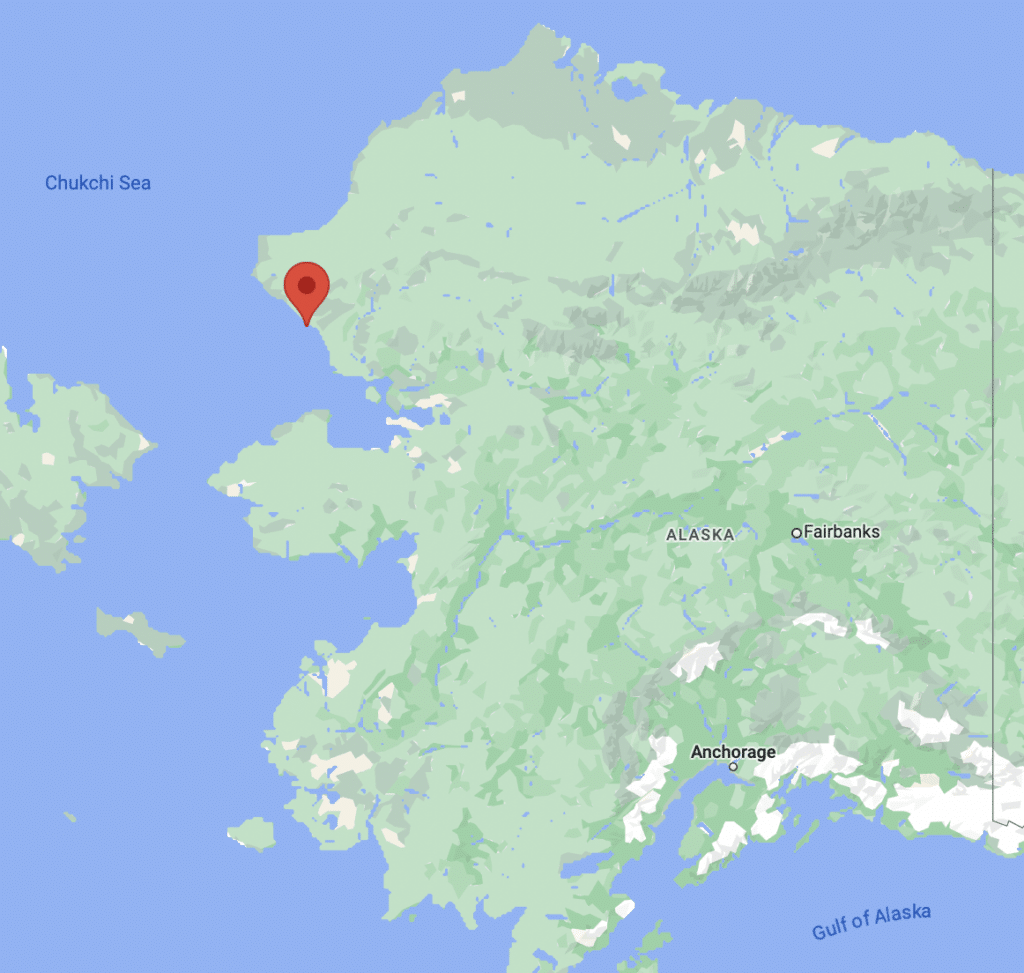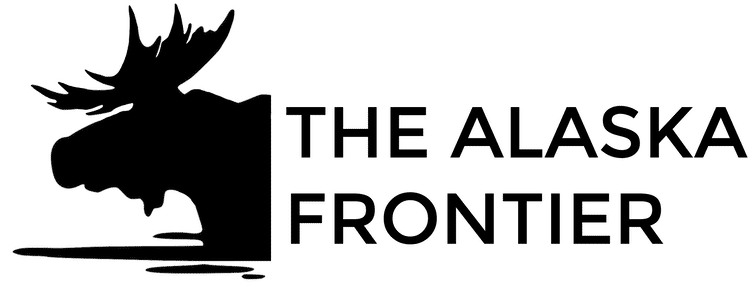Relocate-AK was an initiative to move ‘at risk’ villages near sea level to higher ground. These villages are at risk of rising sea levels and melting permafrost.
But how can you move an entire community of people to a different location. Moving a village takes resources, planning as well as future planning and growth of the area.
Kivalina is a whaling community on the far Northwest part of Alaska and right at sea level. Any increase in the sea level would cause dramatic flooding of the village.

The village is home to 400 people and is facing imminent relocation needs. As the area warms it is causing a threat of both rising sea levels and the melting of permafrost.
There have been efforts to move the community to higher ground, but those efforts have been stalled while the community looks for alternative areas to move to.
Relocate-AK was ran by a group of people who were working to bring to light issues faced by small villages who depend on the sea for their survival, but are also being threatened by the very same sea for their homes.
The goal of Relocate-AK was to educate the public about these issues that are affecting small villages more than many other areas of the state. With the rapid melting of the permafrost layer in the far Northern ares of the state – it’s causing more issues with flooding than in any other period of time.
TheAlaskaFrontier.com has also made it a mission to help educate their readers about different parts of the state. People in Alaska do not realize the issues that are affecting small villages and while Alaska is a huge tourist destination, The Alaska Frontier has made it a mission to bring these issues to the forefront.
While Kivalina, Alaska is just one instance of a village being threatened by rising sea levels and the melting of permafrost – there are many other areas throughout Alaska that are also experiencing these same threats and issues.
TheAlaskaFrontier.com will help bring awareness to these issues with their readers and their large audience. With a reach of over 450,000 people on their Facebook page and 192,000+ members within their own group, Relocate-AK.org will find a better home and will fulfill their mission of helping these villages and educating the public about what needs to be done.
For this reason Relocate-AK.org will be acquired by TheAlaskaFrontier.com going forward.
We will be writing additional articles about Kivalina Alaska and other areas within the state that are in need of help and bringing awareness to the issues affecting these small villages throughout the state.
